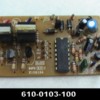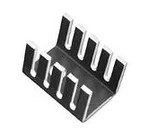Hey folks,
Since last summer I have been messing with pre and postwar Lionel, Marx, etc. most of which I have been able to tinker and learn how to fix, with help a couple times from the forum. I decided to try a modern conventional from EBay, (Yes, I know, but you have to get your train fix somewhere)
Received it, headlight came on but nothing else, took the cover off and attached a pic of the board below. The seller has already agreed to completely refund my money but is this something that could be fixed for a reasonable amount of money?
Are these boards available for replacement or can they be repaired? I looked the 4115 loco up on Lionel support but couldn’t find that part.
Thanks for any input.
Craig


















